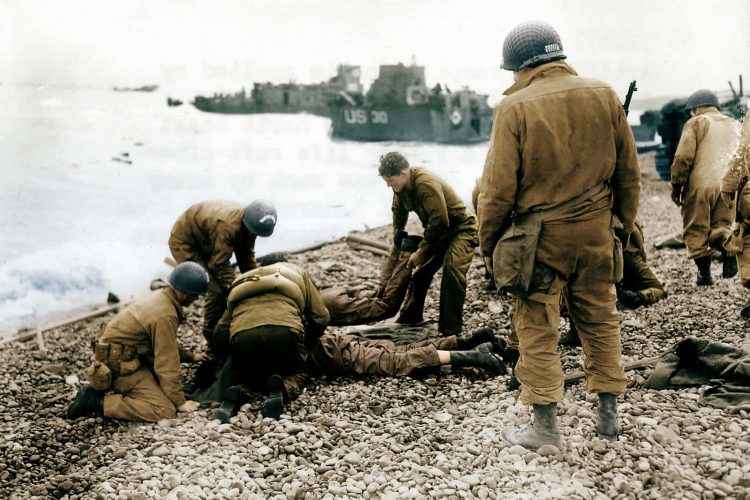D-Day, a crucial day during a war, marked a turning point in history. One of the key elements of D-Day was the airborne assault, where soldiers were dropped behind enemy lines to secure vital objectives. In this blog, we’ll break down the basics of what a D-Day drop is, why it’s important, and how it played a pivotal role in shaping the outcomes of wars.
What is D-Day?
D-Day stands for “Decision Day” or “Designated Day.” It refers to the day when a large-scale military operation begins. The most famous D-Day occurred on June 6, 1944, during World War II, when Allied forces launched a massive invasion of Nazi-occupied Western Europe.
D-Day Drops:
As part of the D-Day invasion, airborne forces played a critical role. These forces included paratroopers and glider-borne troops, and their mission was to be dropped or land behind enemy lines to secure key targets and disrupt the enemy’s defenses. The airborne assault took place in the early hours of D-Day, before the main amphibious landings on the beaches.
Paratroopers:
Paratroopers are soldiers trained to parachute into battle zones. On D-Day, thousands of paratroopers from the Allied forces were dropped from airplanes behind enemy lines. Their mission was to capture bridges, secure road junctions, and create chaos in the enemy’s rear areas.
Glider-Borne Troops:
Glider-borne troops were soldiers transported in gliders, which are small, unpowered aircraft designed to carry troops and equipment. These troops were silently flown to their landing zones, aiming to surprise the enemy and seize critical objectives.
Importance of D-Day Drops:
The D-Day drops were crucial for several reasons. They aimed to disrupt the German defenses, confuse the enemy about the location and strength of the invasion, and secure key points for the success of the overall operation. By securing bridges and roads, the airborne forces helped pave the way for the larger amphibious landings on the beaches.
Challenges Faced:
D-Day drops were not without challenges. Many soldiers faced tough landings, encountered strong enemy resistance, and had to regroup quickly to carry out their missions. Despite these challenges, the determination and bravery of the airborne forces contributed significantly to the success of the overall D-Day invasion.
Conclusion:
In the grand scheme of war, D-Day drops were daring and strategic maneuvers that played a vital role in shaping the course of history. Robert O’Brien carefully depicts the events of WWII in his fiction book, “Waiting in Soller.” It’s a story of John and his loyal platoon and how they journey through challenging and dangerous battlefields, facing the intense D-Day drop to the emotionally difficult conflicts in the Belgian countryside. Understanding the significance of D-Day drops provides insight into the complexities and coordinated efforts required to achieve success in large-scale military operations.
The book is available on Amazon.

